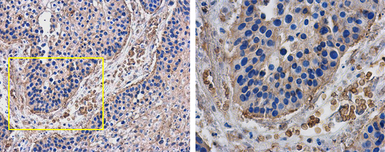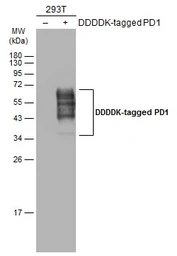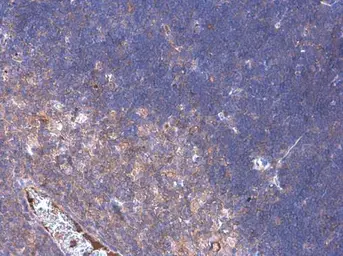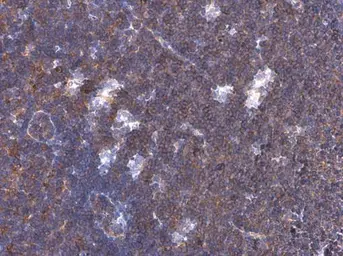PD1 antibody
Cat. No. GTX128435
Cat. No. GTX128435
-
HostRabbit
-
ClonalityPolyclonal
-
IsotypeIgG
-
ApplicationsWB IHC-P
-
ReactivityHuman, Mouse



